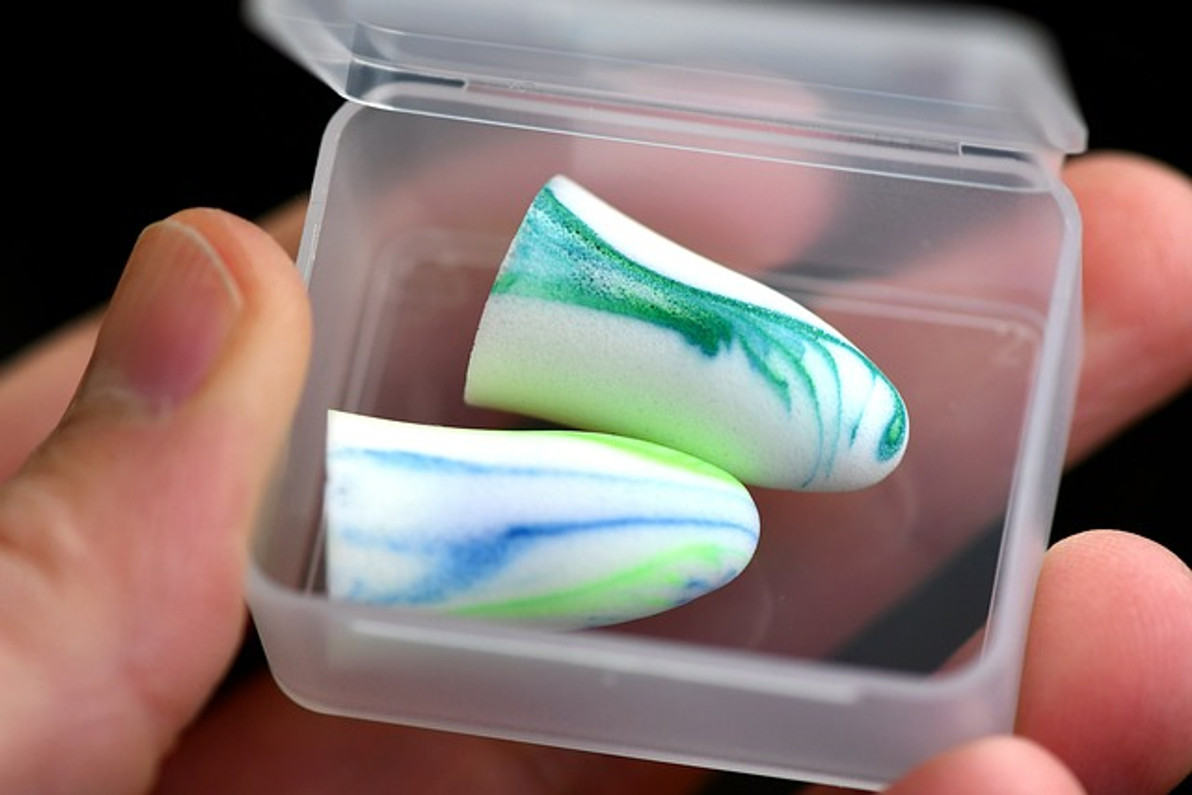How to Use Foam Earplugs: What You Should Know
Over 22 million workers in the United States are exposed to potentially harmful noise levels each year, according to the U.S. Centers for Disease Control and Prevention (CDC). Loud noise can damage the cochlea. Over time, this damage may manifest in the form of tinnitus -- chronic ringing of the ears -- or even hearing loss. You can lower your risk of occupational hearing loss by using foam earplugs.
Foam earplugs are exactly what they sound like: expandable foam plugs that are designed for use in the ears. They are made of a soft material, such as polyurethane (PU) or polyvinyl chloride (PVC). When placed inside of the ear, they will expand. The foam earplugs will then absorb and damper sound vibrations. How do you use foam earplugs exactly?
Step #1) Roll to Compress
Before placing the foam earplugs in your ears, you should roll them. Rolling will compress them so that they are easier to slide into your ear canals. Simply place the earplugs between two of your fingers and then roll them back and forth. As you roll the earplugs, they should compress into a smaller size.
Step #2) Straighten Your Ear Canals
With the earplugs compressed, you should straighten your ear canals. Grab the top of each ear and pull it up and slightly back. You don't need to use a lot of force; using gentle force should suffice. With your ears pulled up and back, your ear canals should be straight. This will make it easier to insert the earplugs while promoting a comfortable fit in the process.
Step #3) Insert the Earplugs
Now it's time to insert the earplugs. While holding the earplugs, place them inside of your ear canals. When you release them, they should expand. Whether made of PU or PVC, foam earplugs are self-expanding. They are designed to expand and fill the space in the ear canals. As long as you roll them up beforehand, you should be able to insert the earplugs into your ear canals. And they will expand when you release them.
Step #4) Test
You should test the earplugs to ensure that they are inserted properly. Tilt your head to the left and right sides. If the earplugs fall out or become loose, you'll need to adjust them. You should also perform a noise test. Try talking loudly while wearing the earplugs. Your voice should sound muffled -- similar to how it sounds when you are swimming underwater. If you can still hear clearly, you should adjust the earplugs.
Recent Posts
-
Fire Safety in the Workplace: What You Need to Know
What steps are you taking to prevent fires in your workplace? According to the U.S. Occupational Saf …Aug 23rd 2023 -
Is It Safe to Go Jogging With a Cold Infection?
If you're suffering from a cold infection, you might be wondering whether it's safe to go jogging. T …Aug 22nd 2023 -
5 Safety Tips to Follow When Using a Powder-Actuated Tool
Powder-actuated tools are commonly used to join materials to steel and concrete. Also known as Hilti …Aug 20th 2023




